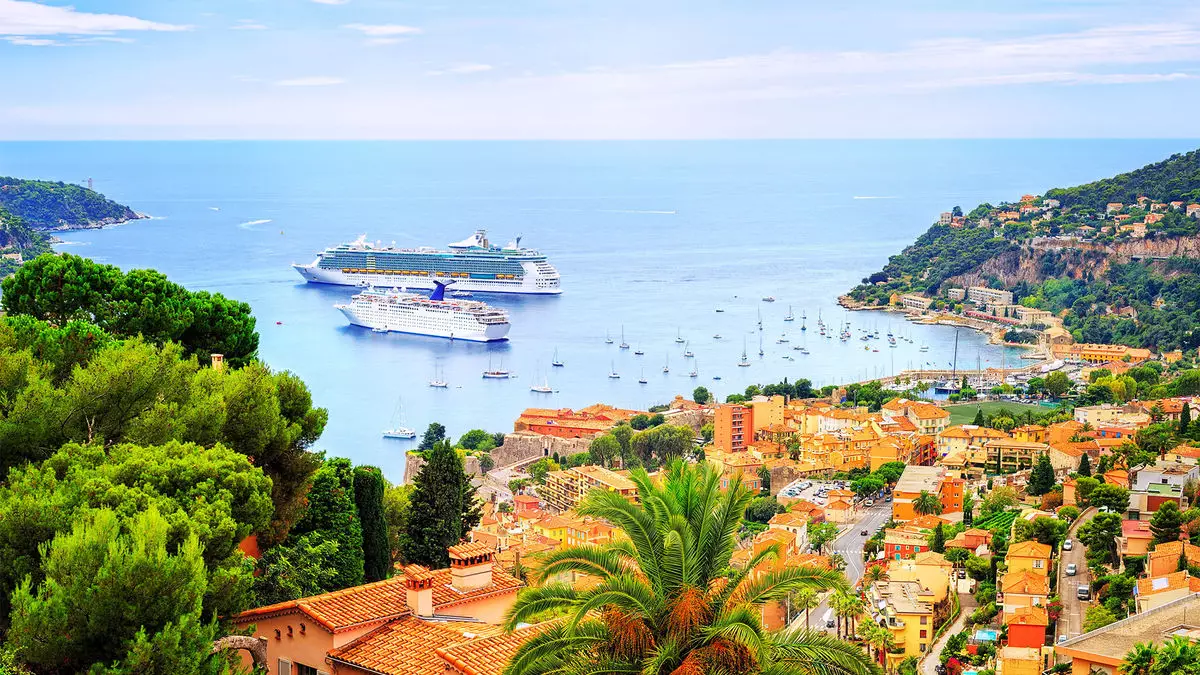In a significant move towards addressing the challenges of overtourism, the city of Nice, along with Villefranche-sur-Mer, has officially set limits on cruise ship visitors. On January 24, Mayor Christian Estrosi decreed that cruise ships carrying more than 900 passengers will be banned from disembarking in these picturesque destinations, with the new regulation taking effect on July 1. This decision underscores a growing trend among popular tourist cities to confront the negative impacts associated with large-scale cruise tourism.
Mayor Estrosi’s initiative aims to cultivate “selective tourism,” a concept designed to prioritize quality of visitors over sheer volume. This regulation comes amid increasing concern about the strain that an influx of tourists can place on local resources, infrastructure, and the environment. By limiting the number of large cruise ships, Nice hopes to enhance the experience for both tourists and residents, alleviating congestion and protecting the local ecosystem. Although the mayor does not possess the power to outright ban ships from docking, his authority allows him to prohibit these ships from letting passengers disembark for excursions.
The region is currently slated to welcome approximately 90 cruise ship calls at Villefranche-sur-Mer in 2025, with a substantial number of those from large ships that would be impacted by the new rules. Notably, approximately 124 cruise calls from smaller vessels are still anticipated for Nice this year, allowing a balance between maintaining tourism levels and implementing necessary restrictions for sustainability. Additionally, the city is considering the introduction of shore power facilities, which would enable ships to turn off their engines while in port, thus reducing environmental impact.
The decision has not gone unnoticed within the cruise industry. The Cruise Lines International Association (CLIA) expressed surprise at the mayor’s decree, especially considering no large vessels were scheduled to call at Nice’s port in 2025. The association emphasized its concerns about the potential repercussions for local businesses, as these cruise ships contribute significantly to the economy through passenger spending. Furthermore, CLIA argued that the ban unfairly targets the cruise industry while failing to promote truly sustainable tourism practices.
Nice’s move is part of a larger phenomenon where numerous cities around the world, such as Barcelona, Venice, Santorini, and Amsterdam, have recognized the need to regulate cruise traffic due to concerns over environmental degradation and community displacement. These popular destinations are increasingly looking to reduce the frequency and number of large ships that dock at their ports, attempting to strike a balance between tourism revenue and community well-being.
The ban on large cruise ships in Nice and Villefranche-sur-Mer is indicative of a broader shift towards sustainable and responsible tourism. As challenges related to overtourism continue to mount, cities are compelled to implement thoughtful solutions that safeguard their cultural and environmental integrity while catering to the needs of visitors. The ongoing conversations surrounding this initiative will likely influence how cruise tourism evolves in the future, with implications not just for Nice, but for other destinations seeking to manage similar concerns.


Leave a Reply